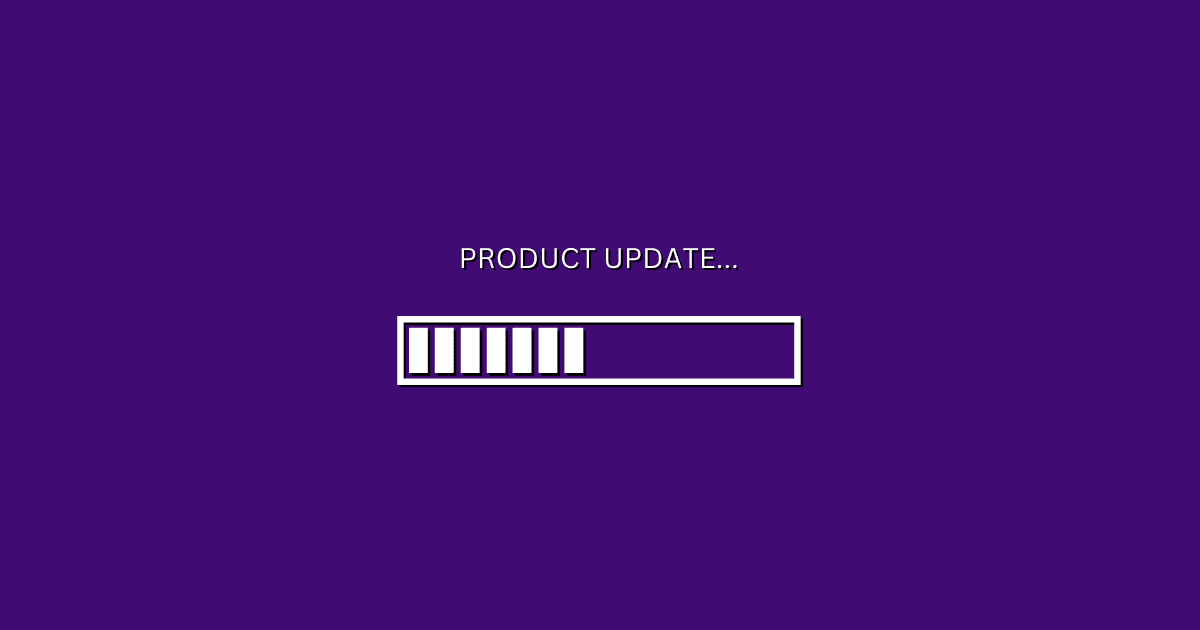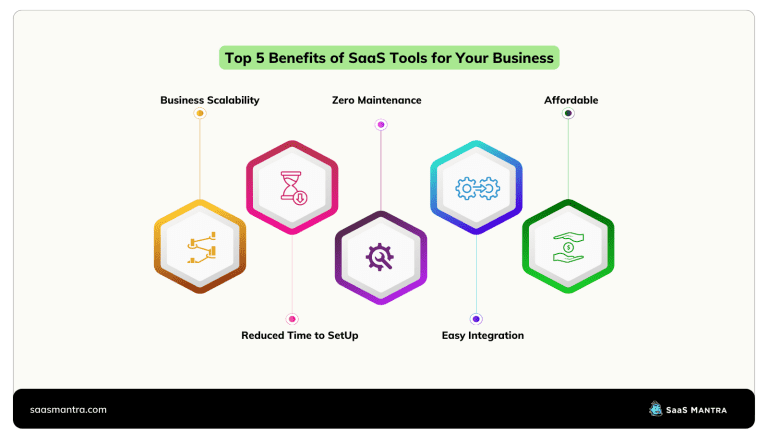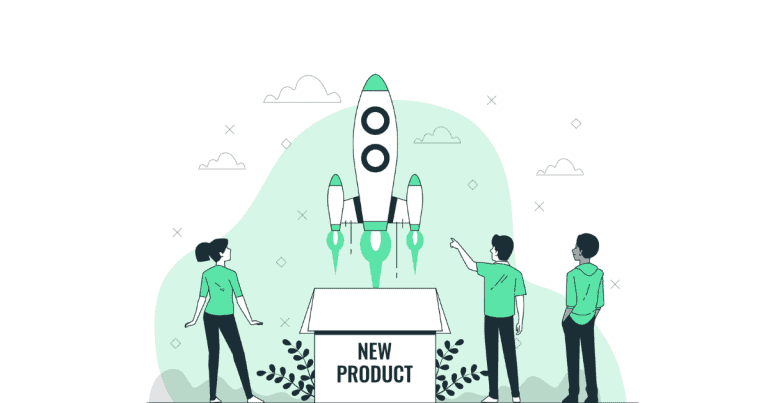Why Should You Release Regular Product Updates after a SaaS Lifetime Deal?
As a SaaS founder, offering a lifetime deal is an effective way to attract new customers, generate revenue, and proceed toward generating sustainable revenue.
However, it’s important to remember that the work doesn’t stop once you close the Lifetime Deal.
In fact, it’s crucial for SaaS founders to continue updating and improving their products even after the lifetime deal is closed.
In this blog post, we’ll explore why this is the case and the benefits of ongoing updates and improvements.
The Need for Consistent SaaS Product Updates
Continuous improvement and updates are essential for keeping customers engaged and ensuring that your product stays competitive.
As technology advances, customer expectations also evolve, and they expect more from the products they use. If you don’t stay ahead of the curve by continuously improving your product, then you risk customers becoming disengaged or dissatisfied.
Furthermore, regular product updates can also help you remain competitive in a saturated market. If another company releases a similar product with superior features and functionality then customers will be more likely to switch over unless yours can keep up with the latest trends.
It could lead to a severe drop in your business revenue if no action is taken promptly.
In addition to staying competitive, ongoing updates are also important for maintaining customer loyalty and trust. When customers know that the service is actively being improved and upgraded, they feel more secure about their purchase decision which leads to higher customer retention rates.
Otherwise, it may lead to a wrongful perception that you have abandoned the product. If such an idea arises, even remotely, it can severely affect your Brand reputation.
Hence, releasing regular product updates will be crucial in making your early adopters (LTD users) become your product advocates for the long term.
Working on the Product After SaaS Lifetime Deal
The standard approach is to stick to the product roadmap that you have shared during the Lifetime Deal period.
We highly recommend that you stay true to your product roadmap and roll out updates regularly.
However, there may be times when you cannot keep up with your original roadmap, especially if you are working on a sister project. Yet, it is still necessary to roll out updates.
It will let your customers know that you are still engaged with product development. And that you have not abandoned the project.
Your product updates need not always have to be major updates. Instead, you can prioritize smaller updates to allocate resources for the bigger updates accordingly.
The focus should be on ensuring that the updates and improvements are in line with customer needs and expectations.
This is why it’s important to analyze customer feedback, address any issues raised, and continue to make enhancements based on user suggestions.
It’s also important to avoid feature creep by focusing on making small improvements that will have the most impact on your customers. Too many features and functions can overwhelm users, so it’s best to focus on making incremental changes.
Leveraging Product Changelog as a Communication Tool
You can also use your product changelog as a communication tool to reassure your customer of your product updates.
Leveraging a product changelog will allow you to keep customers informed about the progress of your product and what’s new in each update.
Having a public changelog can help increase customer engagement by giving them something to look forward to with each release. It helps customers track changes, understand how their feedback was incorporated, and build trust with the company.
Stick to Your SaaS Product Roadmap
Sticking to your product roadmap is essential for ensuring that customers remain engaged and satisfied with your product after a lifetime deal.
Your roadmap should include a timeline of all the updates and improvements you plan to make over time, as well as release dates for each update.
It is super-important to know that you can stop working on the product just because your Lifetime deal has ended.
You should continually work on your product, and keep delivering things that you always wanted to. Even with or without the Lifetime deal, you are gonna do it anyway, right?
Take your prioritize your product development cycle, and try to keep up with your product roadmap.
Conclusion
It is important to remember that your product should never remain stagnant after a lifetime deal.
Customers will come to expect regular updates and improvements, and failure to deliver can be detrimental to customer retention. Working on the product post-lifetime deal involves staying true to the original roadmap, leveraging a changelog as a communication tool, and focusing on making small improvements that will have the most impact on your customers.


